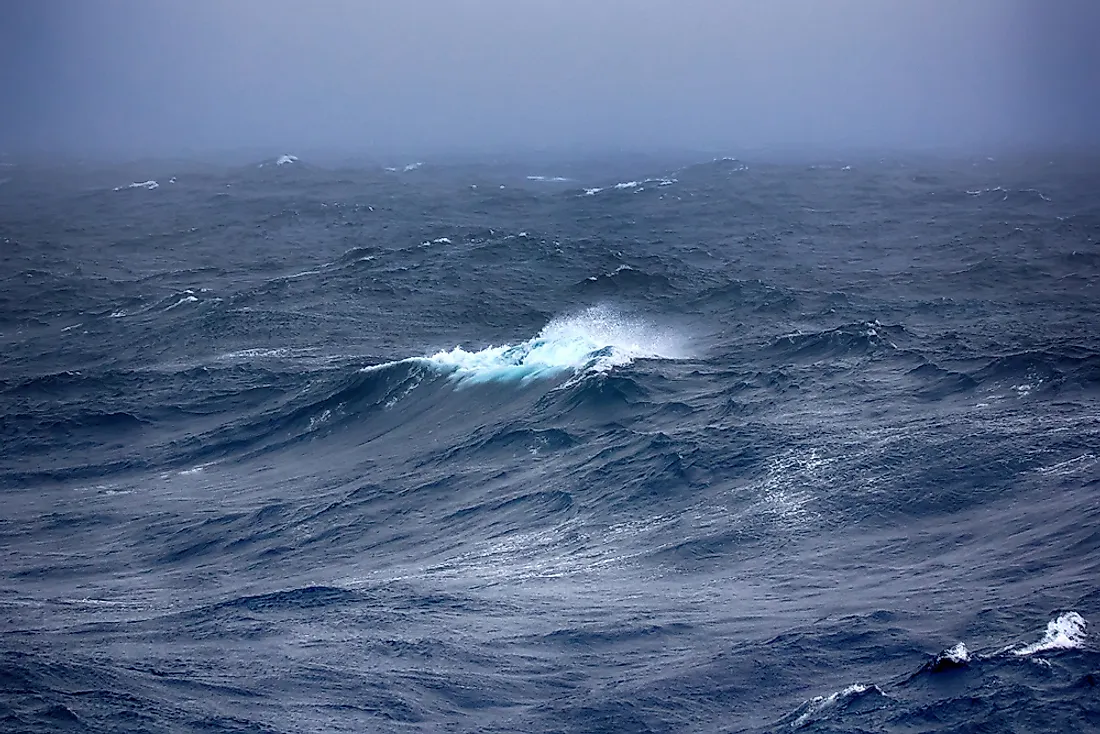10 Important Facts Related To The Kara Sea

Kara Sea is considered part of the Arctic Ocean. It is a marginal sea of the Arctic Ocean. The sea is on the northern side of Siberia. The Kara Strait and the Novaya Zemlya separate the Kara Sea from the Barents Sea. The Severnaya Zemlya Archipelago also separates the sea from the Laptev Sea. The sea was named after Kara River. It has a number of interesting facts and features including:
1. Kara Sea Is One of the Coldest Seas in the World
Kara Sea is very cold. In fact, it is usually frozen nine months a year. The coldest temperatures range between -28° and -20° C in the month of January. July is usually the hottest month with an average temperature ranging from -1° to 6° C. Winters are usually characterized by severe gales and snowstorms. Summers are characterized by snow, snow squalls, and fogs
2. Variable Salinity
The salinity of Kara Sea is not concentrated and varies greatly. This is attributed to a number of freshwater rivers that drain into the sea. The rivers that are responsible for the varied salinity of the Kara Sea include Ob, Yenisei, Pyasina and Taimyra Rivers
3. The Kara Sea Has Plenty of Natural Resources
Several natural resources have been discovered in the sea. Some of the resources are already being exploited while some are yet to be exploited due to one reason or another. Petroleum and natural gas are the key natural resources being exploited in the Kara Sea.
4. The Kara Sea Has Many Islands
The Kara Sea contains several islands, both large and small. Some of them are inhabited whereas the majority of the islands are uninhabited. There are also a number of archipelagos in the sea. The most notable islands include Bely Islands, Dickson Island, Taymyr Island, Oleni Island and Kamennyyee Island.
5. The Kara Sea Is Highly Polluted
Several factors have led to the pollution of the Kara Sea. The Soviet Union disposed radioactive and nuclear waste products in the sea from 1965 to 1988. The former Soviet Union disposed six nuclear submarine reactors and ten nuclear reactors into the sea. The waste products have affected the marine life, leading to high death rates of some species.
6. Dimensions of the Kara Sea
The sea measures approximately 880,000 square kilometers in area. Its mean depth is approximately 120 meters. The deepest part of the sea measures approximately 620 meters.
7. Formation of the Kara Sea
The Kara Sea came about as a result of deglaciation. The formation process took place in the last Ice Age. Traces of glaciers were found under a thin layer of sediments dominated by silt. Rocky soils are now situated in the northeastern parts of the sea.
8. Major Flora and Fauna of the Kara Sea
Kara Sea is a home to fish such as cod, salmon, and sturgeon. There are also a number of sea mammals inhabiting the sea including the polar bear, sea hare, walrus, and white whale. There are also numerous species of zooplankton in the sea.
9. The Kara Sea Is a Seaport
The Kara Sea is strategically situated on the Russian Northern Sea Route. The main port of the sea is the Dickson Port. There are numerous materials that are transported through the port such as timber, foodstuffs, building materials, and furs. Oil and natural gas are the key goods transported through the seaport.
10. The Kara Sea Is in Contact with Other Seas and Rivers
The Kara Sea is in contact with several seas including the Barents Sea and the Laptev Sea. Other rivers such as Yenisey, Kara, and Taimyra flow into the Kara Sea. The Kara Sea is also in contact with the Arctic Basin.











